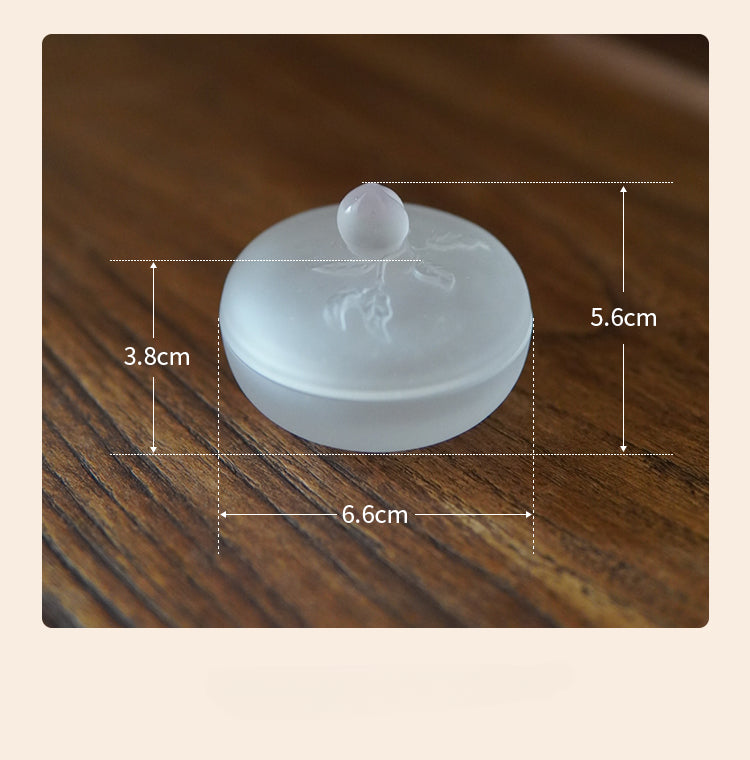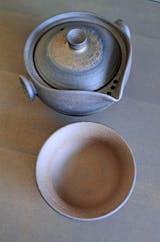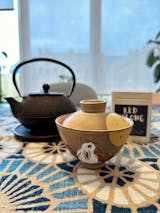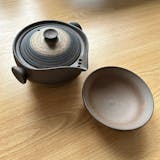Received this vase (style c) as a birthday present. It is beautiful. Heavier than I expected, which is good and this finish is lovely. Artwork is very delicate and the vase has a lovely smooth, tactile finish.
I am very happy receiving this cup, quality is superb. Already annoying my tea ceremonies. What would be nice is to have some kind of first use instructions how to prepare this cup is it's needed at all? Another idea for the shop would be having some kind of tea samples to order or add one to the package as a gift to try out.
Beautiful cup! A little pricey, but very well made and good size.
Absolutely stunning piece. I use it every morning for my tea / gratitude ritual and it has really helped me take a few moments to check in and be present, and I wouldn't have felt as much gravity if it weren't as beautifully crafted as it is, extremely high quality, beautiful to look at & touch & most importantly of all, brews the perfect amount of tea. Fast delivery too! Thankyou Gohobi
Gorgeous ikebana pot, sits proudly in the private dining room at the Four Season Hotel at Ten Trinity Square in London. Great delivery and packaging, great customer service. Beautiful pot. Many thanks
I did question whether I needed to spend as much as this on place mats, but I'm so glad I did. I absolutely love them, I get complimented on them every time people come round for dinner, and I loved the coaster that came with my order. Very happy with the quality and this product and would definitely say if you're in two minds on purchasing these, buy them, you won't be disappointed that you did.































